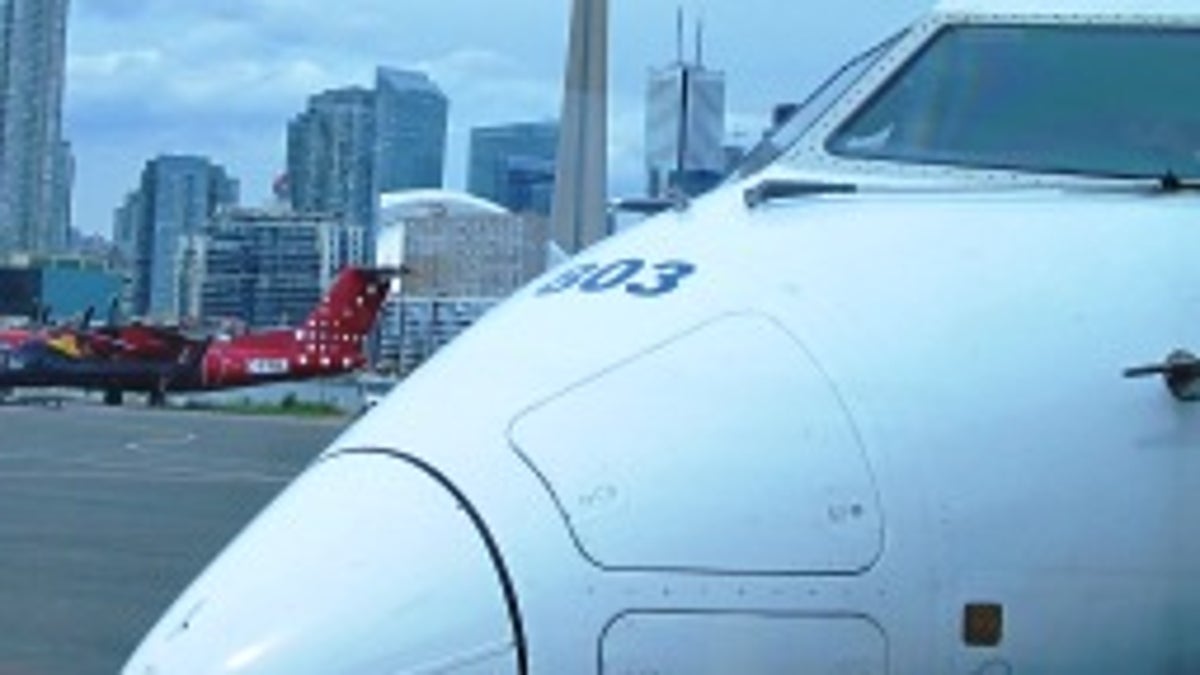Physicist cuts plane boarding time in half
Algorithm has passengers board in a set order, reducing the aisle traffic jam and potentially saving more than $1 billion for the industry.

Passenger jets seem designed to waste time, what with people trying to stuff oversized carry-on bags into undersized luggage bins, aisles clogged with people, and a billion other factors that delay your flight.
A few years ago, Fermilab astrophysicist Jason Steffen observed this while flying to a conference and got to thinking: is there a way to have passengers board a plane more efficiently?
Steffen considered various methods, such as boarding people in blocks, at random, and in window seats first. He set up a model using an algorithm based on the Monte Carlo optimization method used in statistics and mathematics.
He found that the most efficient boarding method is to board alternate rows at a time, beginning with the window seats on one side, then the other, minimizing aisle interference. The window seats are followed by alternate rows of middle seats, then aisle seats. He also found that boarding at random is faster that boarding by blocks.
The results of his study were published in the Journal of Air Transport Management in 2008, with Steffen claiming the airline industry could save massive sums with more efficient boarding.
Needless to say, we're still boarding by blocks. Steffen's research, though, was recently highlighted on an online video show called This vs. That.
Steffen and the show's producer used a mock 757 fuselage section on a sound stage, recruited 72 mock passengers, and tried five boarding methods. Shown in the vid below, the "Steffen method" of boarding alternate rows reduced overall boarding time by about half.
"This savings could be as much as $110,000,000 annually per carrier--well over a billion dollars for the industry--and likely could be more given the parallel nature of the boarding process," Steffen writes in a recent follow-up paper. "Indeed, a test with a longer aircraft may show surprising results in this regard."

